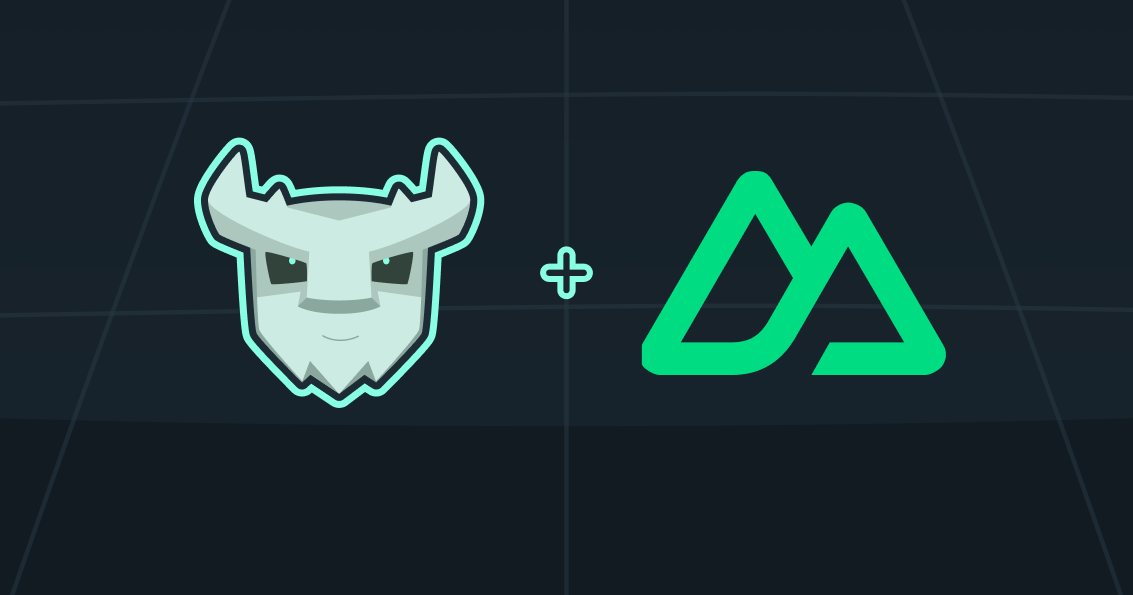
- Install the Turso CLI
- Sign up or login to Turso
- Have a Nuxt app — learn more
1
Install the libSQL SDK
Begin by installing the
@libsql/client dependency in your project:2
Configure database credentials
Get the database URL:Get the database authentication token:Assign credentials to the environment variables inside
.env.3
Configure variables inside Nuxt's runtime config.
nuxt.config.ts
Make sure that names of the keys in the
runtimeConfig object match the names
of your environment variables. Read more about this
here.4
Configure libSQL Client.
server/utils/turso.ts
5
Execute SQL
server/api/items.get.ts